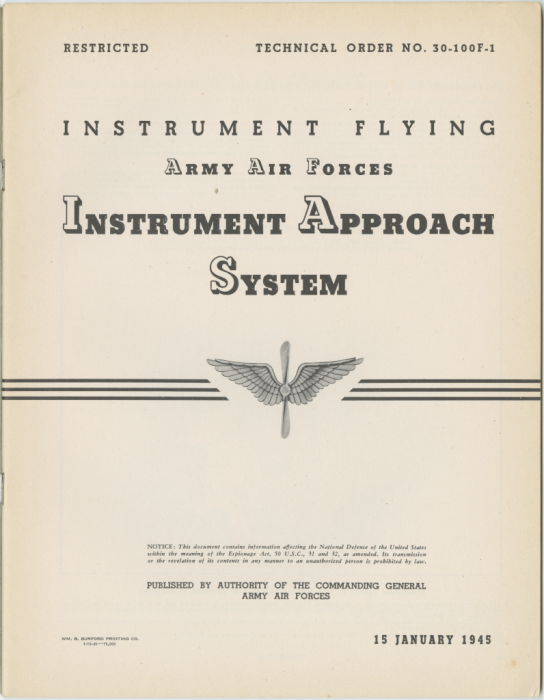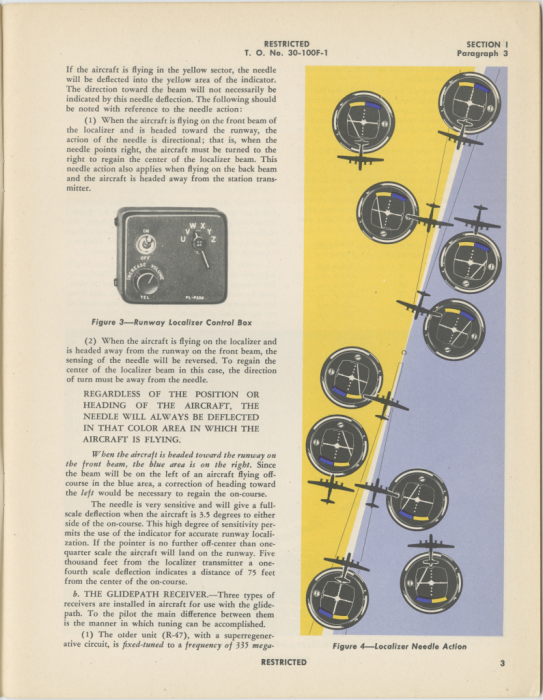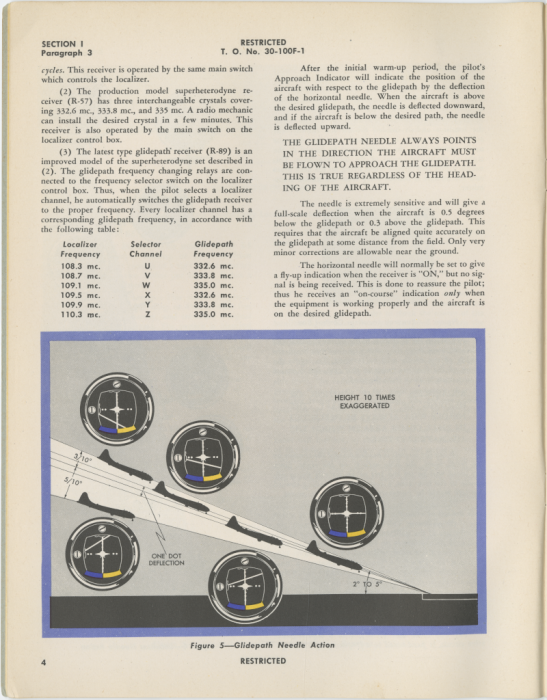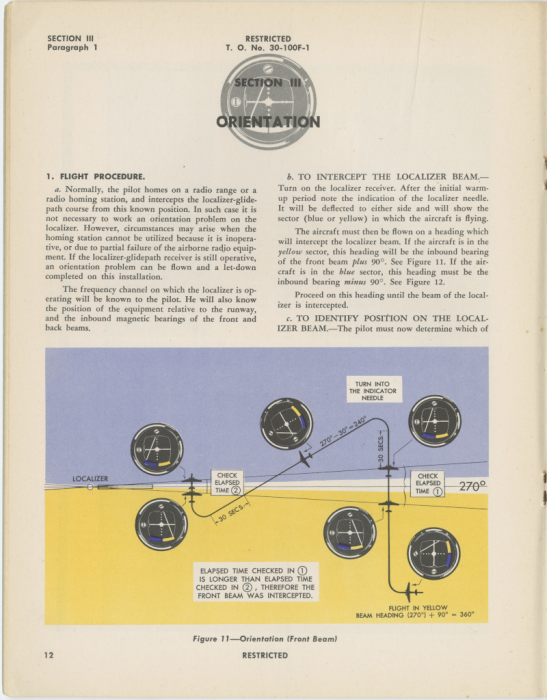You're in luck. I just so happened to scan a manual at the museum the other day that has illustrations of an instrument that looks just like it:
Attachment:
 RBW-IAS-003 (Reduced, Converted).png [ 987.6 KiB | Viewed 2247 times ]
RBW-IAS-003 (Reduced, Converted).png [ 987.6 KiB | Viewed 2247 times ]
Attachment:
 RBW-IAS-006 (Reduced, Converted).png [ 1.4 MiB | Viewed 2247 times ]
RBW-IAS-006 (Reduced, Converted).png [ 1.4 MiB | Viewed 2247 times ]
Attachment:
 RBW-IAS-009 (Reduced, Converted).png [ 1.26 MiB | Viewed 2247 times ]
RBW-IAS-009 (Reduced, Converted).png [ 1.26 MiB | Viewed 2247 times ]
Attachment:
 RBW-IAS-010 (Reduced, Converted).png [ 1.27 MiB | Viewed 2247 times ]
RBW-IAS-010 (Reduced, Converted).png [ 1.27 MiB | Viewed 2247 times ]
Attachment:
 RBW-IAS-018 (Reduced, Converted).png [ 1.2 MiB | Viewed 2247 times ]
RBW-IAS-018 (Reduced, Converted).png [ 1.2 MiB | Viewed 2247 times ]
(Source:
Instrument Flying: Army Air Forces Instrument Approach System, T.O. 30-100F-1, 15 January 1945, title, ii, 3, 4, 12.)
The complete version is
available via the Tri-State Warbird Museum's Internet Archive collection.
quemerford wrote:
B-17s, B-24s and many others diverted to Manston but they didn't operate from there:
One thing I found out while
listing the manuals in the 30-100 series is that the British had their own version of the system. I've never seen a copy of it, but it should be titled something like
Instrument Flying: British Standard Beam Approach System, T.O. 30-100E-1. It may be related to the
autoland system tested on a Boeing 247.
Which reminds me, you should reach out to the
Rochester Avionic Archives as there's a good chance they would be able to provide more information.
Lastly, in the future, be sure to make use of the full 1024 x 1024 pixel resolution that WIX allows. The images you uploaded are significantly smaller than that and the text is difficult to read. Minor details will be easier to spot as well and you'll be much more likely to receive a successful identification as a result.
_________________
Tri-State Warbird Museum Collections Manager & Museum Attendant
Warbird Philosophy Webmaster





